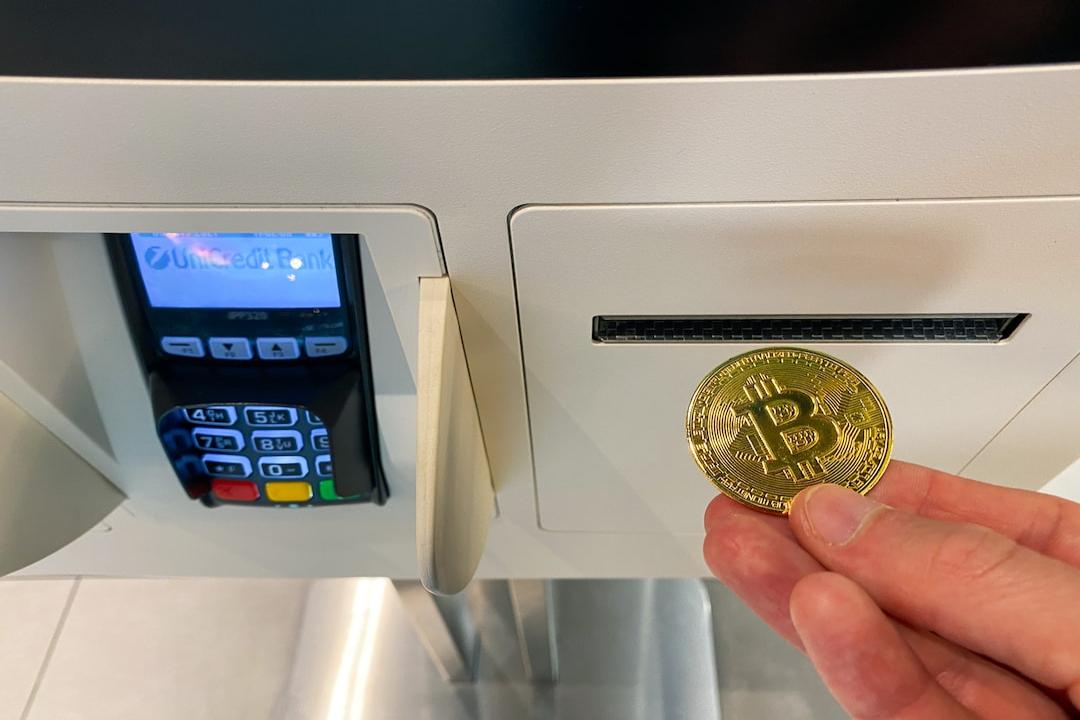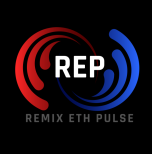Blockchain is an industry that heavily relies on narrative. By constructing narrative themes, it can guide market discussions, promote capital concentration, and attract relevant teams to create ecosystems within the same narrative framework, collectively composing a complete story. The narrative of PayFi was proposed by Lily Liu, the chair of the Solana Foundation, who has centered almost all her keynote speeches around PayFi over the past six months, declaring that PayFi will be the sole focus of Solana moving forward, demonstrating immense determination.
During Token 2049, the inaugural PayFi Summit, hosted by Solana, Huma, and Stellar, will take place in Singapore, marking an important event that will define the essence of PayFi. As an early practitioner of PayFi and RWA, BSOS has collaborated with international ecosystem partners and has been invited to participate and deliver speeches. On the eve of the PayFi Summit, I am pleased to share my understanding of the PayFi narrative from the perspective of a frontline practitioner.

BSOS delivers a speech at the first PayFi Summit
What is PayFi?
PayFi refers to the use of blockchain technology to provide the necessary financial services for real-world payment scenarios. Blockchain is inherently a peer-to-peer payment system capable of enabling P2P payments that “directly transfer money to each other.” However, behind the payment behaviors in modern society often lie more complex processes. For example, while a credit card appears to be a payment tool, each transaction actually involves various financial operations such as short-term financing, advance payments, and cross-border remittances.
Another example is trade payments, where the transportation of goods takes time, preventing immediate transaction completion. Therefore, trade payments often involve performance guarantees (such as the payer transferring funds to an intermediary for safekeeping) and short-term financing.
As transaction behaviors evolve, “payment” in many cases resembles an integration of multiple financial services. PayFi leverages the capital movement characteristics of blockchain (Money Movement) and the advantages of programmable money (Programmable Money) to provide liquidity solutions for complex payment processes in the real world, thereby enhancing payment efficiency and reducing costs.
Key Components of PayFi: The Replacement of Payment Networks
PayFi is not about whether users pay with cryptocurrencies, but rather about the “ways in which liquidity operates” during the payment process and “the payment networks used.”
We illustrate this with two cases: Huma Finance and the Crypto.com VISA card. Traditional banks cannot provide 24/7 instant cross-border remittance services, primarily due to limitations in their underlying payment network’s accounting methods. To achieve instant credit, many cross-border remittance fintech companies adopt an “A location collects, B location pays” model, which means they need to maintain capital positions in banks worldwide to facilitate operations. It is easy to imagine the immense challenges this model presents in terms of capital requirements and scaling.
Huma Finance is a lending protocol designed to provide short-term liquidity support for cross-border remittance fintech companies. Once a fintech company completes a collection in location A, it can mobilize US dollar stablecoins through Huma Finance and immediately exchange them for fiat currency in location B, paying the recipient. This way, the fintech company no longer needs to establish a massive capital reserve globally. Huma Finance utilizes the blockchain’s “direct-to-wherever” capital mobility to flexibly address short-term liquidity demands, charging interest on these short-term loans to generate returns for on-chain liquidity providers (LPs).
From actual data, Huma Finance has provided short-term financing for Arf, a fintech company, and within just over a year, the on-chain transaction volume has reached $1.8 billion. Circle, the issuer of the US dollar stablecoin USDC, has also published a detailed article introducing this case. Huma Finance is a typical PayFi application that bypasses the cost and time limitations of traditional payment networks, achieving a leap in overall payment efficiency.
Another illustrative example is the Crypto.com VISA debit card, which is well-known in the cryptocurrency space. Although users perceive payments as being made with cryptocurrencies on their accounts, the transactions still rely on VISA and traditional payment networks, with no fundamental improvement in payment efficiency or costs (Crypto.com first converts the cryptocurrency to fiat at the time of payment and then processes it through VISA using the original method). Therefore, I believe this model does not fall within the value scope discussed in PayFi.

PayFi applications in supply chain payment scenarios
Another interesting case involves payment scenarios in the supply chain. Liquidity issues are inherent in supply chains: after the seller delivers the goods to the buyer, the buyer typically needs to process and manufacture before realizing the value of the goods. During this time, the liquidity of both parties is effectively locked in the goods. To address this time lag, buyers and sellers in the supply chain usually adopt the practice of “payment terms combined with amount” when negotiating transaction conditions. The “payment term” determines who bears the liquidity gap before the goods are converted into cash, while the “amount” implies a subsidy for the time value of the payment term. Regardless, one party must always bear short-term liquidity pressure.
ISLE Finance is a lending protocol designed specifically for supply chain payment scenarios, incubated by BSOS and Outlier Ventures, and selected for the 2024 BNB Incubation Alliance (BIA). ISLE Finance provides enterprises with credit lines for global payments, addressing liquidity bottlenecks during supply chain transactions. In a transaction, if both parties choose to use ISLE Finance as their payment network, the ISLE Finance protocol acts like an on-chain card reader. The seller needs to upload the invoice to the ISLE Finance protocol, and as long as the buyer signs with their private key, indicating that the information is correct and agreeing to payment, the seller can receive US dollar stablecoins (of course, the amount cannot exceed the buyer’s on-chain credit line).
Ultimately, the buyer must repay this stablecoin to ISLE Finance before the agreed due date; the buyer can also negotiate a later date than the originally scheduled payment date within certain limits. This way, the costs incurred by both parties regarding the time value of money can be effectively shared, benefiting from the liquidity injected by ISLE Finance, as shown below.

Time value model of ISLE Finance payment transactions
Opportunities for PayFi: Addressing “Payment Time Lag” Transaction Scenarios
The core opportunity of PayFi lies not in providing liquidity for “investment loans,” but in addressing liquidity issues arising from “payment time lag.” Compared to investment loans, payment loans are characterized by short cycles, high frequency, small individual amounts, and lower risks. This time lag may stem from bank remittance processing times, goods transportation durations, or funding gaps before the buyer receives their next income. Although these time lags usually last only a few days to weeks, they often create significant pain points for users. The intersection of this liquidity demand with global payment is the best opportunity for PayFi to take effect.
Moreover, the potential of PayFi extends to the future DePIN (Decentralized Physical Infrastructure Networks) ecosystem, supporting high-frequency, small-amount, global profit-sharing, settlement, clearing, and payment needs between devices. With liquidity support from PayFi, the continuous operation of automated trading between devices can be ensured, maintaining the stable operation of DePIN. This is a service that traditional financial infrastructure cannot support.
From Asset Tokenization to PayFi: The Shift in the RWA Narrative
In the previous cycle, the main narrative within the RWA (Real World Assets) sector focused on asset tokenization. One successful case is Ondo Finance, whose tokenized U.S. short-term Treasury ETF surpassed a total value locked (TVL) of $600 million, becoming a highlight in the industry. However, asset tokenization largely involves the management and legal regulations of off-chain assets, with massive operational costs, making it challenging to yield significant benefits without sufficient asset scale. Recently, we have observed a gradual shift in the narrative of asset tokenization from grassroots blockchain projects to large institutions like BlackRock and Franklin Templeton.
The core idea of asset tokenization is to circulate physical assets on the blockchain; meanwhile, PayFi’s vision is to combine the liquidity of blockchain with real-world payment behaviors, which is considered a part of the RWA narrative for LPs as it constitutes off-chain short-term claims. However, its potential scale may far exceed the tokenization of U.S. Treasuries (as shown in the following illustration). According to a research report published by CGV Research in September, the market size of PayFi is expected to reach 20 times that of the previous DeFi market scale. We believe PayFi will become a significant narrative in this cycle of RWA.

Potential scale of PayFi, source: Huma Finance Blog
Having been deeply involved in blockchain applications for many years, I have witnessed practitioners’ initial ideal — the naïve and romantic notion that “blockchain or Bitcoin’s peer-to-peer payments will replace fiat payment systems” — evolve into the current PayFi narrative, which emphasizes entering real payment scenarios. By deeply understanding the operational dynamics of the real world and the inherent advantages of blockchain, we pragmatically integrate various roles on and off the chain, enabling more people to enjoy the benefits brought by this technology.
Perhaps years from now, today’s thoughts may still seem overly idealistic, but at the very least, we are paving a way toward possibilities for the future.
Opinion articles present diverse viewpoints and do not represent the position of WEB3+

